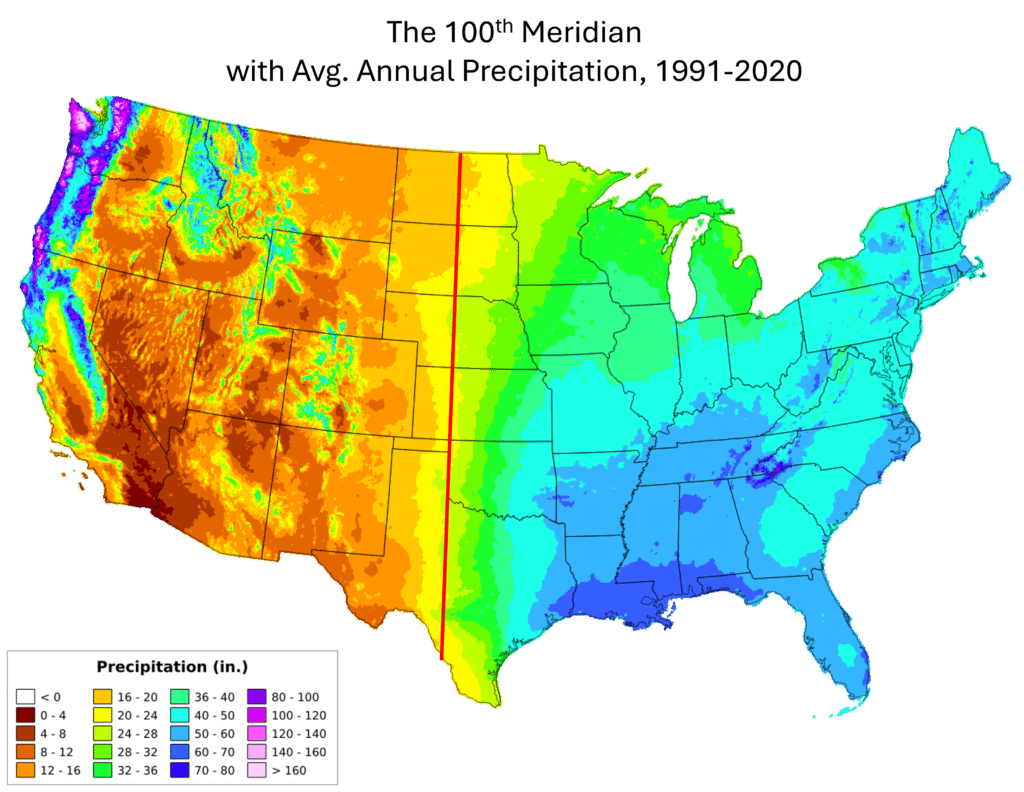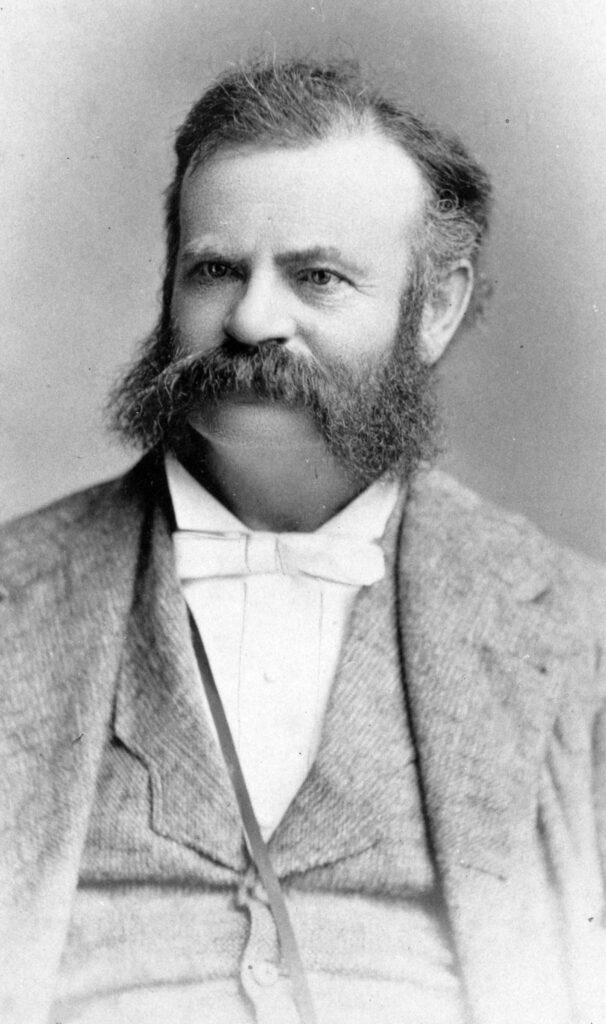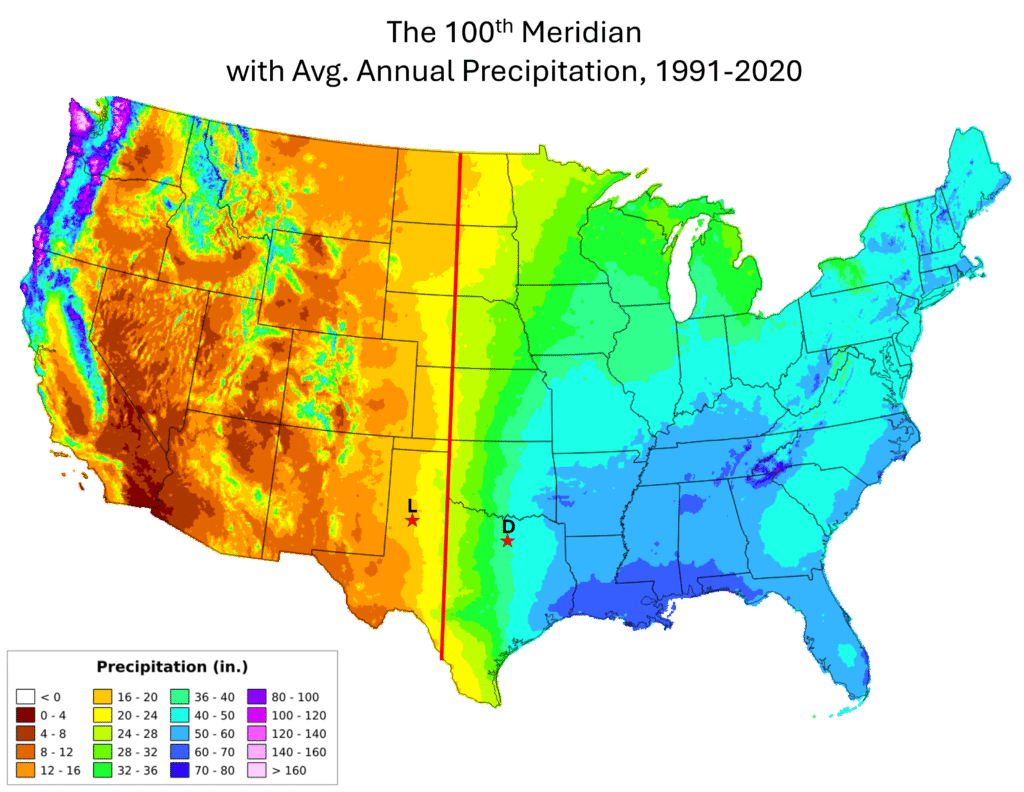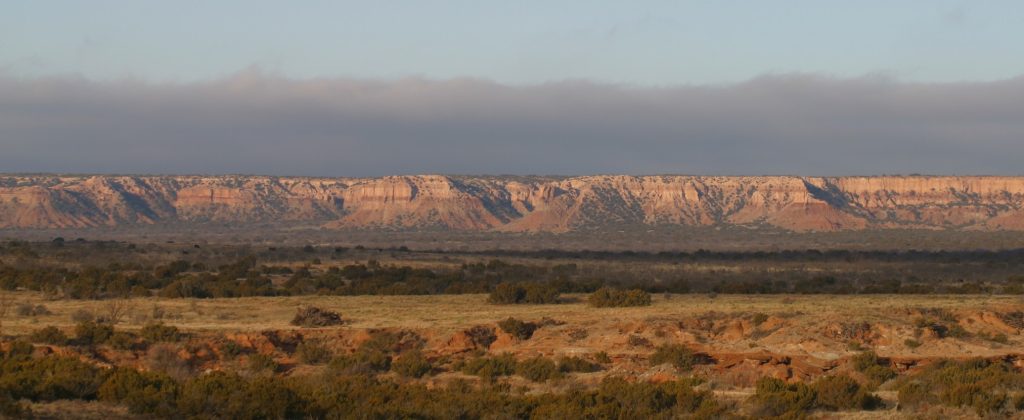Dear Fellow Travelers: I’m afraid I’ve let you down. Because despite all the stories and images and everything I’ve posted here over the last couple years, I’ve yet to include an account of the road trip for which this entire project is named: Dallas to Lubbock.
So I aim to at least begin to remedy this problem, with this story, focused more on the journey itself, from the high rises of Dallas, to the high plains of Lubbock. The idea is that for future additions, this story can be the ‘main route,’ along with a few detours and side trips along the way, which you can take if you’re interested.
Nothing Plenty to See Here, Folks
To begin, I’m thinking about the visitors who may happen along here, to this site. The reach of the internet is global, and some of the visitors from places afar are no doubt unfamiliar with this part of the globe. For them, as long as I can do a good job of storytelling, then hopefully they’ll find this particular route, between these two foreign cities, to be an interesting one.
Another group of visitors/readers I’m thinking of, perhaps the largest group, are those much closer to home, mostly my fellow Texans. If you’re among this group, you’ll not only be familiar with these two cities, but may actually be from, live or lived in, or traveled between them, perhaps many times.
And it’s this latter group I wonder about. I suspect that for some of Y’all, your reaction to finding not only a story, but an entire website, focused on the journey from Dallas to Lubbock, might be something along the lines of “What? Dallas to Lubbock?” followed by “What in the Sam Hill…why there’s nothing out there! Why not just fly?” I imagine you locals are my toughest customers; the ones most difficult to convince that this particular road trip is one worth takin’.
Now in your defense, yes, it’s a fur piece–330 miles give or take. And at 5+ hours, it’s creeping close to that 7-hour ‘breakeven’ point, past which it’s quicker to fly than drive, according to travel writers (Texas is, for better or (I believe) worse, big enough to have its own version of ‘flyover country’–there’s another story there, I’m sure of it). And yes, once you clear the DFW Metroplex, there are no large cities. Abilene’s the largest at around 130k, and most of the towns along the way have just a few thousand.
But if you’re interested, and if you’re attuned to it, there’s plenty to see out here.
But let’s up the ante, shall we?
If you’ve ever worked with an editor, they’ll caution you: ‘don’t inflate the readers’ expectations,’ because if you can’t meet them, they’ll be disappointed. That might be good advice, but it’s also safe advice. And all too often, ‘safe’ slides right on over into ‘boring,’ don’t you think? Like hospital food, with no salt; or fireworks that don’t fly up in the air–the only kind they sell out in California: safe but boring.
So to try and be not boring, and to satisfy even my toughest Texan visitors, I’ll commit to a high-risk/hi-reward stratergy, with this claim: The 5-hour road trip from Dallas to Lubbock is as eventful, with as much going on–past, present and future–as any other road trip of a similar duration that you can take, not only anywhere in the State, but in the entire country.
How’s that for inflating expectations?
Now that I’ve dug myself into a hole maybe even deeper than the one Bill Berry found himself in, I’ll get started and see if I can make good on these bold claims.
Four Segments
I’ve divided this trip up into four segments. Each of these is comprised of a city pair, and the topography you travel through on the way.
- Crossing the Great Divide
- Dallas to Jacksboro–Across the Cross Timbers
- Jacksboro to Seymour–Cross Timbers to the Rolling Plains
- Dickens to Crosbyton–Climbing the Caprock
- Crosbyton to Lubbock–High Plains Drifter
Before we get to specific routes and highways, I want to begin with one significant geographical feature that forms the background for the entire trip. Then we’ll start back at the beginning in Dallas, and divide the trip into four segments, with a few detours and side trips along the way, leading us eventually into Lubbock.
Dallas to Lubbock: Crossing the Great Divide
Envision this, Fellow Traveler:
The date is Monday, April 1st, 1878. Your name is Major John Wesley Powell. Today, following nine years of expeditionary work, you will deliver your final report on the Colorado River and the western territories, first to the Commissioner of the General Land Office, and from there to the Secretary of the Interior and the 45th Congress, under President Rutherford Hayes.
Your discovery of the continental line of demarcation at the 100th meridian and the consequences thereof, will remain fundamental to the settling and development the American west, for at least the next 150 years.

The 100th meridian, as many of you know, is the north-south longitudinal line, running pole to pole, that divides the continental US, and the state of Texas, roughly in half. I’ve seen this referred to as an ‘imaginary line,’ but the consequences are anything but imaginary–they’re very real, very visible, and continental in scale. The importance lies not in the meridian line itself, but in how life has and will continue to unfold very differently on either side of it.

The first person to bring the importance of this demarcation to our attention was explorer and geographer John Wesley Powell.
As Powell discovered, the 100th meridian is the continental dividing line between the verdant east, and the arid west. It also divides the lower elevations in the east, from the higher elevations in the west.
Looking at the map above, showing average annual precipitation, the line between east and west looks rather obvious. Indeed, breakthrough discoveries are often like this: they look obvious–in retrospect. In many cases, they’ve been right in front of us all along, but it takes visionary talent to actually see and articulate them.
Historically, these differences in rainfall and elevation affected the pace and pattern of migration and settlement. Thus the 100th meridian also divided the settled and densely populated territories to the east, from the sparsely populated frontier territories to west.
Today, these same characteristics of climate and geography keep the meridian right at the front lines of what perhaps still the most urgent battle of western development: water scarcity.
Fortunately for you, Fellow Travelers, all these changes and more are fully available for you to see and experience, on your way from Dallas to Lubbock, a route that will take directly across the 100th meridian.

His Rise to High Plains
Now, unlike your favorite action film, with its car chases and sweating indecision over which bomb wire to cut, the action out here comes at you more slowly–even at Texas rural highway speeds. But unlike in the movies, the changes and the transitions along this way are very real indeed.
Still, just in case you think I’m tiptoein’ too close to Texas tall tale territory, just to, you know, make good on the claims I made at the outset, here are some specifics:
On the drive from Dallas to Lubbock you’ll go from from a “humid sub-tropical” climate,1 with 38 inches of rainfall annually, to a different climate altogether–a “semi-arid”2 one with less than half that amount of rain.3 You’ll climb from Dallas’ Trinity River bed, at 450 feet4 above sea level, to Lubbock, at more than 3,200 feet.5 You’ll travel from one of the least windy major cities in the US–Dallas, at #241 out of 255–to the windswept high plains of Lubbock at #15 on that same list. 6 Hold on to your hat!
And finally, what is certainly the starkest difference of all on either side of the meridian: population density. The population of Dallas is between and 3,000 to 4,000 people per square mile. The population density in Baylor County, where you will cross over the 100th meridian, about 13 miles west of Benjamin, is roughly 5 people per square mile.
So if you’re looking to escape the urban crush for a while, with this road trip you can leave DFW and within 90 minutes, be standing barefoot on the wide open grassland prairies that extend 1,300 miles to the north and well into Canada. (Just be careful of them fire ants out on that prairie grass, ‘specially if you’re barefoot.)
If you’re looking follow along the paths of early settlers, diving into what was–and in many ways still is–the western frontier, then cross over the 100th meridian–mebbe stoppin’ to snap a silly selfie–and within a couple more hours be back to modernity, enjoying a chai latte with your besties in Lubbock, this is the road trip for you!
Recall at the outset I said this story was only a beginning, of a fuller treatment of the route(s) and stories along the way from Big D to the Hub City. Obviously the crossing of the 100th meridian7 is one of the most significant features of the trip–it forms the background for the entire journey, so I include it first. But there is much more to see and experience along this way, and we’re just getting started.
The plan for the remainder of this introductory story, then, is to provide an overview of the entire trip, divided into four segments, with ‘deeper dives’ of these segments–which I assure you I am working on diligently!–to be posted later.
Go west, young man. OK , but which route?
My preferred route from Dallas to Lubbock–what I call the ‘northern route’–starts in Dallas, moves west through Fort Worth, then northwest up to Jacksboro, then west on State Highway 114 through Olney, Seymour, Benjamin, McAdoo, Crosbyton and on into Lubbock.
Or if you just hate driving, but find yourself having to do so, then the ‘southern route’ along Interstate 20 through Abilene will get you there quicker.8 Get a coffee at Monks in Abilene to power through.
Nothing wrong with this southern route, nor the locales it’ll take you to or through–Abilene, then up through Snyder, Post, and others. But the northern route, with its smaller roads and highways, is the one I prefer. It allows you plenty of opportunities–indeed strong encouragement, depending on your degree of wanderlust–to slow down, to look around, and maybe even ‘set a spell.’
Eventually, I plan to make my way down toward this more southern route, as well as the numerous ones ‘in between’–like US 380 through Bryson, Newcastle, Graham and Throckmorton, and US 180 through Mineral Wells, Pledger, Los Ybanez and Lamesa.
Let’s chunk up this road trip
So now we have the route, but it’s still a long way to Tiperary, so we need to chunk it up. Which leads to the question of how to chunk it up? By segments? By distance? By fuel stop?9 Historical markers? Best cheeseburger?
For this project, I’ll divide it up into four chunks, according to the changes in topography that occur on the way from Dallas to Lubbock. The content of these is currently and diligently under under construction, by yours truly, and for which I hope you will stay tuned. And as always, fellow travelers, your contributions are welcome.
Four topographical chapters:
- Dallas to Jacksboro–Crossing the Cross Timbers–East to West
- Jacksboro to Seymour–Western Cross Timbers to the Rolling Plains
- Seymour to Crosbyton–Climbing the Caprock
- Crosbyton to Lubbock–High Plains Drifter
1. Dallas to Jacksboro
For those not familiar with this area, “DFW” stands for Dallas and Forth Worth, which are also the first two large cities on this particular route to Lubbock.
Beginning in Dallas, situated in the Northern Blackland Prairie10 you travel west on I-30 to Fort Worth. Although it’s difficult to see in this dense urban area, you’re traveling through the eastern fork of the the Cross Timbers region, once a formidable barrier for western-bound settlers and site of deadly Indian skirmishes. Head northwest from Fort Worth, through Azle, Springtown, Joplin and up into Jacksboro.
2. Jacksboro to Seymour
Leaving Jacksboro, head west on Highway 114. Just a few minutes outside town, the forests of the Western Cross Timbers give way to the prairies. About 30 minutes up the road you’ll arrive at Olney. Get a coffee at Hometown Coffee and Tea and chat with the locals. They don’t bite, usually. Or drive on 30 minutes to Seymour–roughly the halfway point in your trip–and slow things down with a cold one and a steak at the Rusty Spur Saloon, then pack it in for the night just up the street at HH Creek Inn.
West from Seymour, the Rolling Plans begin. With the gentle undulations of the ground and roadway, it’s a transition in topography that you can see and feel; a kind of slow-motion roller coaster for modern travelers.
In addition to the changes that mark you r approach to and crossing over the 100th meridian, The stories out here expand exponentially when you realize you’re traveling along the very same route taken by settlers, Indians, railroads and buffalo herds of the 1800s; or the path, once buried deep but now revealed by erosion, of Seymouria baylorensis,11 a two-foot-long amphibian-like reptile who walked here ~280 million years ago, or ~50 million years before the earliest dinosaurs roamed this same area, what was then part of the supercontinent Pangea.

3. Seymour to Crosbyton
Continuing west past Seymour, and with the red rocks and canyons of the massive and magnificent Caprock Escarpment as your backdrop,12 you make the final ascent of the long, gradual climb from Dallas, up to the arid High Plains of Lubbock.
The drive from Dickens, at the base of the escarpment, up to Crosbyton atop the Caprock, takes only about 20 minutes. But in those 24 miles, you will have covered 240 million years (not a typo) of geological history, from the much older Permian-era Red Beds below, to the geologically much younger High Plains above.

You may have heard we drive fast here in Texas, but I’m not sure you understand just how fast. So if you’re looking for a road trip that allows you to cover 24 miles, and 240 million years, in about 20 minutes, this is the place to do it.
4. High Plains Drifter
CONTENT TBD
Summing Up
Not bad for a 5-hour drive!
There’s plenty to see out here, folks.
Y’all come!14
Creating Your Own Deep Map
When planning this project around the route from Dallas to Lubbock, it was serendipity that this very same route takes you across the 100th meridian–without question one of the most significant changes, in the shortest time space that you can experience, compared to anywhere else on the conteinent–not an exaggeration
Because of thescale of this natrual line of demarcation, the stories on either side of this line and its significant influence on this territory–historical, present, and future–the stories, truth be told, kind of write themselves.
Granted the 100th is pretty special, but the route that crosses it is not necessarily any more grand than the routes that lead to and from wherever it is you call home.
If, that is, you’re willing to do a little study, dig a little deeper, or maybe even a lot deeper; talk in person with those who know the area well; and read the first-hand the historical accounts of those who’ve come and gone before us.
The stories are there. Your mission, should you decide to accept it, is to find them, then tell and re-tell them. Go on now, git!
- These are the Köppen classifications. More here. ↩︎
- And a source locale, of course, along with Phoenix, Bakersfield and other places, for one of the most pervasive lies ever told: “Yeah, but it’s a dry heat.” ↩︎
- NOAA National Centers for Environmental Information (NCEI). “U.S. Climate Normals, 1991-2020.” Released May 2021. ↩︎
- USGS ↩︎
- About Lubbock, published by Texas Tech University ↩︎
- Calculated from data provided by: NOAA National Centers for Environmental Information (NCEI), Comparative Climatic Data ↩︎
- Climate scientist Richard Seager, believes the climate conditions once found at the 100th meridian, have crept eastward, moving now to the 98th meridian, which would put the line west of Fort Worth, somewhere between Bridgeport and Jacksboro, but still en route from Dallas to Lubbock. ↩︎
- By ‘northern route,’ I’m referring a route that goes from Dallas, then to Jacksboro (via either Fort Worth or McKinney), on to Olney, Seymour, Benjamin, McAdoo, Crosybton, and on into Lubbock. And by ‘southern route,’ I mean Interstate 20 through Abilene. Nothing wrong with the latter of course, nor the fine locales it’ll take you to or through–Abilene, then up through Snyder, Post, and others–nothing wrong with those a’tall. But the northern route, with its smaller roads and highways, is the one I prefer. It allows you plenty of opportunities–indeed strong encouragement, depending on your degree of wanderlust–to slow down, to look around, and maybe even ‘set a spell.’1
Eventually, as this site grows, I plan to make my way down to this more southern route, as well as the numerous ones ‘in between’–like US 380 through Bryson, Newcastle, Graham and Throckmorton, and US 180 through Mineral Wells, Pledger, Los Ybanez and Lamesa. ↩︎ - Wait a minute, what if you were to make your gas station interesting enough, that it became a destination in and of itself? That would be a great idea! Oh, that’s right. ‘Beaver’ Aplin and Don Wasek already thought of that. ↩︎
- These are Level IV Eco Region classifications. Check here for an interactive map of Regions III and IV for Texas. ↩︎
- Visit the Whiteside Museum of Natural History in Seymour to learn more. Also here. ↩︎
- The Caprock Escarpment is the image that adorns the home page of this website. Source: Leaflet, CC BY-SA 3.0 https://creativecommons.org/licenses/by-sa/3.0, via Wikimedia Commons ↩︎
- Leaflet, CC BY-SA 3.0 https://creativecommons.org/licenses/by-sa/3.0, via Wikimedia Commons ↩︎
- The original, from 1953, by Arlie Duff, of Jack’s Branch, Texas ↩︎